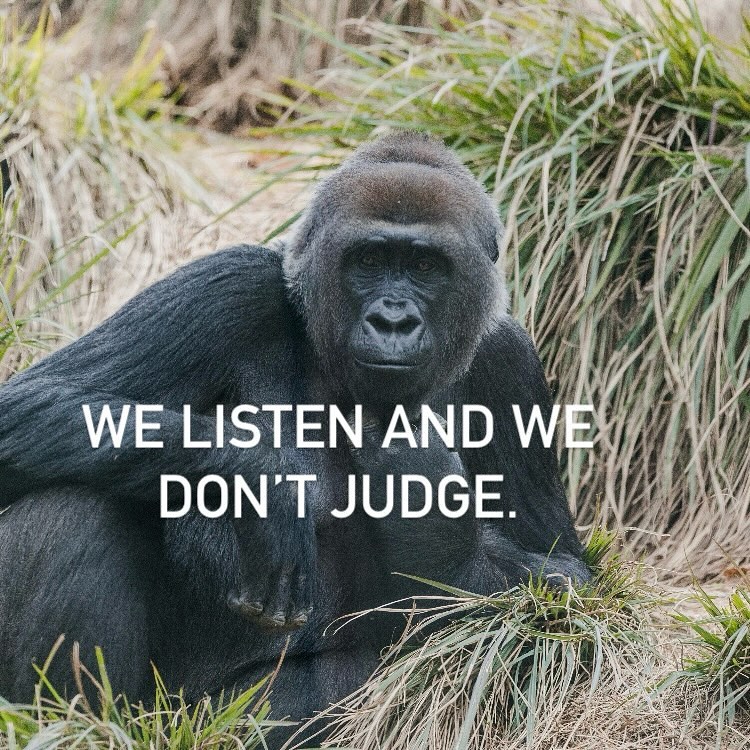- The significance of correcting misconceptions in zoology and its impact on wildlife conservation.
- Common animal myths debunked through scientific research and evidence.
- The role of education and awareness in fostering a better understanding of animal behavior and ecology.
- Insights from zoo management and wildlife conservation that challenge popular animal beliefs.
- Encouraging community engagement and dialogue in refining knowledge about animals.
Understanding the intricacies of zoology requires more than just fascination with animals; it involves a commitment to learning and correcting widespread misconceptions. Misunderstandings about the animal kingdom can lead to harmful consequences for both people and wildlife. Correcting these misconceptions forms a crucial part of wildlife conservation efforts, helping to ensure that conservation actions are based on accurate knowledge.
One common animal myth is the belief that bats are blind. Often, this misconception arises from the phrase "blind as a bat," implying these creatures have poor eyesight. However, bats possess excellent vision. They depend on echolocation to navigate in the dark, which complements their visual capabilities. Transmitting sound waves and interpreting the returning echoes allows bats to detect obstacles and locate prey with precision. This remarkable adaptation often overshadows their ability to see, leading to the misbelief about their blindness. Understanding this aspect of bat biology is vital since bats play critical roles in ecosystems, such as pollination and pest control.
The tale that goldfish have a three-second memory is another widely held myth. Scientific studies have demonstrated that goldfish have much more complex cognitive abilities. They can remember information for months, learn to navigate mazes, and even recognize human faces. Consequently, this myth undermines the need for enriched environments in aquarium settings, as a simple environment fails to meet the cognitive needs of goldfish.
Education and awareness are stepping stones to fostering a more accurate understanding of animal behavior and ecology. When individuals are informed about the truth behind animal capabilities and limitations, they begin to appreciate the intricacies of wildlife. Public initiatives, like educational programs in zoos and museums, play vital roles in dispelling myths. Interactive exhibits and live demonstrations allow visitors to witness firsthand the behaviors and adaptations of animals, challenging preconceived notions and encouraging critical thinking.
In the realm of zoo management and wildlife conservation, professionals often encounter popular animal beliefs that need addressing. For instance, the notion that ostriches bury their heads in the sand to avoid danger is unfounded. In reality, ostriches lie flat on the ground and press their heads against the earth to blend into the surroundings when threatened. This behavior often looks like they are burying their heads, which is not the case. Providing accurate information about such behaviors in zoos helps dispel myths, contributing to an informed public perspective on wildlife.
Engaging communities in dialogue about these misconceptions is crucial for not only correcting false beliefs but also promoting conservation efforts. Social media platforms and community events provide opportunities for individuals to share their discoveries about animals, fostering a culture of continuous learning. Initiatives encouraging individuals to share animal facts they later learned to be false help build a repository of crowd-sourced knowledge. Such platforms offer professionals in zoology, zoo management, and wildlife conservation a valuable gauge of public misconceptions, guiding future educational content.
Encouraging discourse and engagement while supporting conservation goals relies on a firm foundation of scientifically-backed facts and evidence. By correcting misconceptions such as the idea of blind bats or forgetful goldfish, and citing accurate information about ostriches, we enhance public appreciation of wildlife. This understanding leads to better support for conservation initiatives, protecting biodiversity and promoting sustainable practices. Emphasizing education and community participation ultimately drives positive change in wildlife conservation, building a knowledgeable and proactive society committed to preserving the natural world for generations to come.
*****
Source Description
We listen and we don’t judge.
What’s one animal fact you thought to be true but later learned to be false? Let us know in the comments💬


